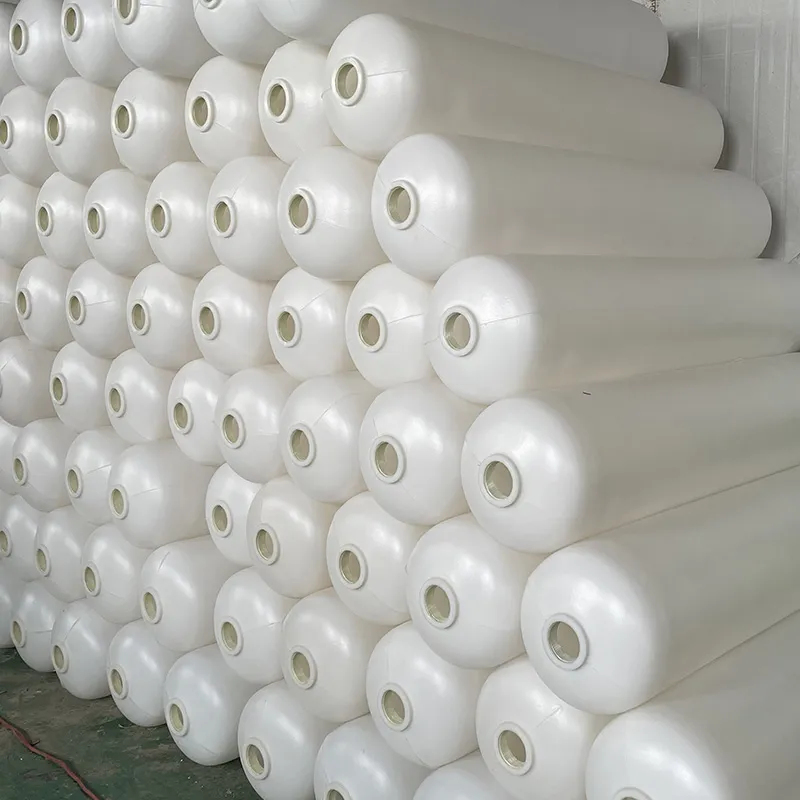loading...
- No. 9, Xingyuan South Street, Dongwaihuan Road, Zaoqiang County, Hengshui, Hebei, China
- admin@zjcomposites.com
- +86 15097380338
- Welcome to visit our website!
pressed steel sectional water tank
Pressed Steel Sectional Water Tanks An Overview
In the realm of water storage solutions, pressed steel sectional water tanks have emerged as a popular choice for both residential and commercial applications. Known for their durability, versatility, and ease of installation, these tanks offer a reliable method for storing large quantities of water. This article delves into the key features, benefits, and considerations associated with pressed steel sectional water tanks.
Understanding Pressed Steel Sectional Water Tanks
Pressed steel sectional water tanks are constructed from high-quality steel plates that are cut and pressed into required shapes. The sections of the tank are then bolted together on-site, enabling a modular approach to water storage. This design allows for customization in size and capacity, making these tanks suitable for a variety of applications, including industrial facilities, agricultural operations, water treatment plants, and residential buildings.
Key Features
1. Durability One of the hallmark features of pressed steel tanks is their strength. Made from galvanized steel, these tanks resist corrosion and can withstand various environmental conditions, which is particularly important in areas with extreme weather.
2. Modular Design The sectional nature of these tanks allows for easy transportation and assembly. Customers can choose from a range of sizes, and the tanks can be expanded or reduced in capacity by adding or removing sections, providing flexibility to meet changing water storage needs.
3. Cost-Effectiveness Compared to other storage options such as concrete or fiberglass, pressed steel tanks are often more economically viable. Their lower material costs and reduced installation expenses contribute to overall savings for both residential and industrial users.
pressed steel sectional water tank

4. Maintenance With minimal maintenance requirements, these tanks are designed for longevity. Regular inspections and occasional cleansing can ensure that the water quality remains high, which is critical for health and safety.
5. Adaptability Pressed steel sectional tanks can be customized to suit specific requirements, including insulation for temperature control and different coating options to enhance aesthetic appeal or protection against extreme conditions.
Applications
Pressed steel sectional water tanks serve a broad spectrum of applications. In agricultural settings, they are used for irrigation and livestock watering, while in industrial scenarios, they may store water for processing or firefighting. Urban households can benefit from them as well, particularly in areas prone to water shortages or as part of rainwater harvesting systems. Additionally, they play a crucial role in municipal water supply systems where large quantities of water need to be stored efficiently.
Environmental Considerations
The use of pressed steel sectional water tanks can also be aligned with sustainable practices. By effectively managing water resources and implementing rainwater harvesting systems, communities can reduce their reliance on centralized water supplies, thereby contributing to water conservation efforts. Moreover, the longevity and recyclability of steel as a material ensure that these tanks have a reduced environmental impact throughout their life cycle.
Conclusion
Pressed steel sectional water tanks represent a robust solution for diverse water storage needs. Their combination of durability, adaptability, and cost-effectiveness makes them an excellent choice for various applications across different industries. As water scarcity becomes a growing concern globally, investing in efficient water storage solutions like pressed steel sectional tanks can play a pivotal role in water management strategies. By understanding the features and benefits of these tanks, consumers can make informed decisions that align with their needs and contribute positively to sustainable water usage.
-
The Rise of FRP Profiles: Strong, Lightweight, and Built to LastNewsJul.14,2025
-
SMC Panel Tanks: A Modern Water Storage Solution for All EnvironmentsNewsJul.14,2025
-
GRP Grating: A Modern Solution for Safe and Durable Access SystemsNewsJul.14,2025
-
Galvanized Steel Water Tanks: Durable, Reliable, and Ready for UseNewsJul.14,2025
-
FRP Mini Mesh Grating: The Safer, Smarter Flooring SolutionNewsJul.14,2025
-
Exploring FRP Vessels: Durable Solutions for Modern Fluid HandlingNewsJul.14,2025
-
GRP Structures: The Future of Lightweight, High-Performance EngineeringNewsJun.20,2025
